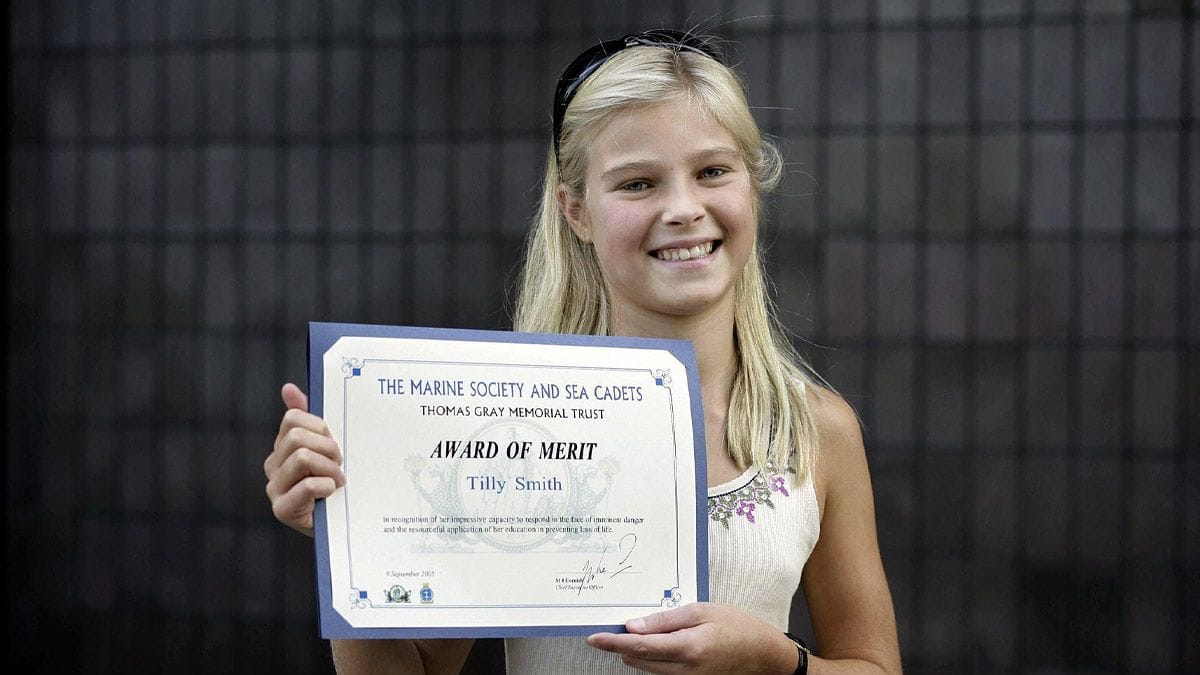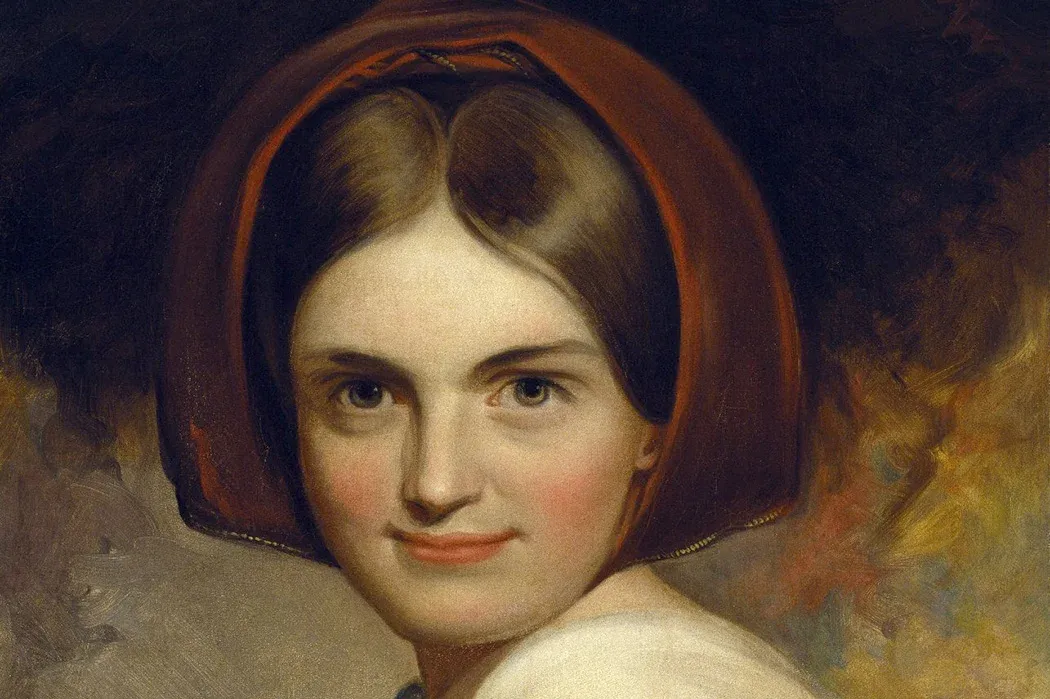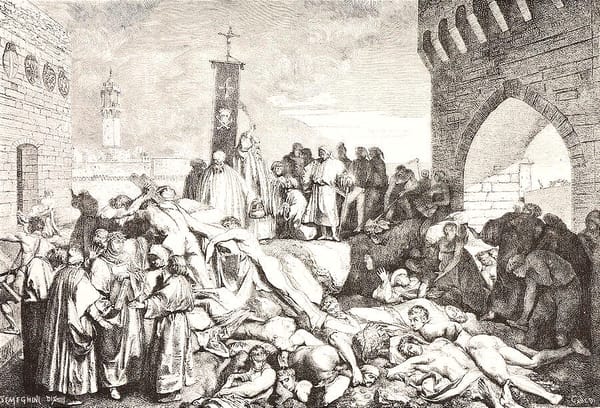Was Michael Rockefeller eaten by a tribe of cannibals?

From All That's Interesting: "The great-grandson of John D. Rockefeller, aspiring explorer and ethnographer Michael Rockefeller had no interest in managing his family’s empire upon graduating from Harvard in 1960. Instead, he set out for the remote wilds of Dutch New Guinea to collect art made by the largely uncontacted Asmat people. But Rockefeller’s boat capsized off New Guinea’s southern coast and that was the last anyone ever heard from him. Despite a search effort and a media firestorm, hr was never found and the authorities eventually declared him dead due to drowning in 1964. But in the decades since, various independent investigators claim to have uncovered evidence that the authorities actually buried the truth about Michael Rockefeller’s death because it was simply too horrific to reveal."
North Korea’s lucrative trade in human hair is helping it skirt the impact of sanctions

From The Guardian: "They almost certainly don’t know it, but western owners of shiny new wigs and false eyelashes could owe their look to North Korean slave labour. In recent years, a booming trade in human hair has helped to sustain North Korea’s isolated economy, softening the impact of international sanctions and providing Pyongyang with vital revenue to pursue its nuclear ambitions. Last year, exports to China included 1,680 tonnes – or about 135 double decker buses worth – of false eyelashes, beards and wigs worth around $167m, according to Chinese customs data. Millions of dollars in sales of human hair helped drive a recovery in the secretive state’s exports in 2023, with wigs and other hair products making up almost 60% of declared goods sent to China, by far its biggest trading partner."
A young girl's warning saved hundreds of people from a tsunami in 2004

From Snopes: "Two weeks before the Dec. 26, 2004, disaster that took at least 178,000 lives, 10-year-old Tilly Smith had studied tsunamis in her geography class in Oxshott, a community of about 5,000 just south of London. The children were shown a video from an earlier tsunami. Tilly was armed with that knowledge when the Smith family decided to go for a morning walk on the idyllic beach near the JW Marriott Phuket Resort and Spa. Suddenly, "I saw this bubbling on the water, right on the edge, and foam sizzling just like in a frying pan," she remembered. "The water was coming in, but it wasn't going out again. It was coming in, and then in, and then in, towards the hotel." She recognized it as an indication that earthquake-driven waves were only minutes away."
(Editor's note: If you like this newsletter, please share it with someone else. And if you really like it, perhaps you could subscribe, or contribute something via my Patreon. Thanks for being a reader!)
The ancient Greeks and Romans made purple dye from sea snails

From Open Culture: "For a long time starting around the day of Julius Caesar, purple was the color of royalty. The choice wasn’t an accident: Caesar’s Tyrian purple of choice was extravagantly expensive, owing to the fact that it could be extracted only from the glands of a particular Mediterranean sea snail. Thousands of snails were required to produce a single ounce of purple dye. Archaeologists were excavating recently in the Bronze Age town of Kolonna, on the Greek island of Aegina, when they discovered two Mycenaean buildings. As the researchers wrote in the journal PLOS ONE, the buildings date to the 16th century B.C.E., and the older one contained pigmented ceramics, grinding tools and heaps of broken mollusk shells: all indicative of a purple dye factory.”
This crew of queer artists in the 1800s called themselves The Jolly Bachelors

From JSTOR Daily: "When Charlotte Cushman “retired” to Rome in 1852, along with a group of largely queer female artists, she was one of the best-known celebrities in the United States and Europe. In playing both female and male theatrical roles, she developed a fame that allowed her unprecedented freedom in gender expression and sexuality: she frequently wore men’s clothes and was open about her romances. The Jolly Bachelors, as this crew of expats was known, had their love triangles and their relationship fallouts, but they also supported each other. Cushman traveled among the cultural and political elite. She was a regular guest in the home of Secretary of State William Seward and met with Abraham Lincoln — who said he wished to see her play Lady Macbeth, and he eventually did."
In the 1500s, starving Parisians ground human bones to make bread

From Atlas Obscura: "Paris has endured numerous sieges throughout its long history. The Vikings besieged the city in 845. In 1429, it was Charles VII and Joan of Arc, and in 1870, the Prussians. During these times of austerity, Parisians resorted to eating everything from military horses to street rats and zoo animals. And during one particularly problematic siege, they even ate bread made from human bones. At the time, France was in the throes of the Wars of Religion, a prolonged period of strife between Protestants and Catholics that lasted 36 years and took some three million lives. By May, Parisians were starving. The locals ate horses and mules, followed by pet dogs and cats. Finally, the desperate poor disinterred bones from the Holy Innocents Cemetery. They then ground the bones into flour and baked this flour into bread."
Volcanic lightning caused by an eruption
Volcanic lightning caused by volcano eruption & not by thunderstorm pic.twitter.com/Gbr69wKb1F
— Black Hole (@konstructivizm) June 19, 2024
Acknowledgements: I find a lot of these links myself, but I also get some from other newsletters that I rely on as "serendipity engines," such as The Morning News from Rosecrans Baldwin and Andrew Womack, Jodi Ettenberg's Curious About Everything, Dan Lewis's Now I Know, Robert Cottrell and Caroline Crampton's The Browser, Clive Thompson's Linkfest, Noah Brier and Colin Nagy's Why Is This Interesting, Maria Popova's The Marginalian, Sheehan Quirke AKA The Cultural Tutor, the Smithsonian magazine, and JSTOR Daily. If you come across something interesting that you think should be included here, please feel free to email me at mathew @ mathewingram dot com



